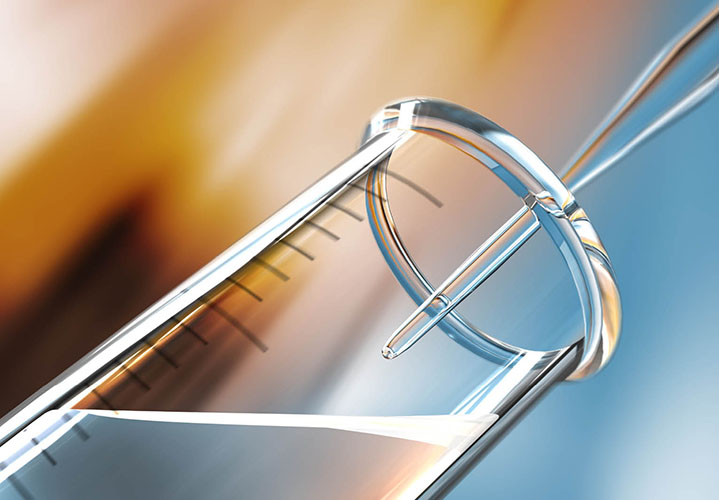Following extensive negotiation, an agreement on the future relationship between the EU and the UK was finally reached on 24 December 2020. The EU-UK Trade and Cooperation Agreement (the “Agreement”) has been provisionally applicable since 1 January 2021 pending European Parliament consent.
A new trading relationship
At more than 1,200 pages long, the Agreement addresses a wide variety of issues that have been the subject of debate over the past four years, and provides a framework for the new trading relationship between the EU and the UK. A key element of the deal is that zero tariffs or quotas will be imposed on the movement of goods between the EU and the UK, provided that the agreed rules of origin are met in each case.
However, despite some areas of certainty now provided for by the Agreement, businesses in the life sciences sector have begun to face new barriers since the end of the transition period. Put simply, this is because the EU and the UK now operate as separate markets, each with its own legal and regulatory requirements in respect of medicines and medical devices.
Certain provisions of the Agreement will apply to organisations regardless of the industry in which they operate, while others are more sector-specific. Some of the key areas of relevance for life sciences businesses are set out in this article.
Mutual recognition
The Agreement provides for mutual recognition of Good Manufacturing Practice (GMP) inspections of manufacturing facilities for medicinal products and acceptance of official GMP documents. This provision meets one of the life sciences industry’s key demands, and avoids the need for businesses to invest in additional inspection resources, or to duplicate site inspections.
Medicines annex and regulatory co-operation
The Agreement contains an annex on medicinal products (the “Annex”), the inclusion of which is broadly viewed as a success by trade associations. The objectives of the Annex are broadly to facilitate the availability of medicines in both territories, and to promote public health and patient safety.
The Annex also confirms the parties’ intention for regulatory cooperation, stating that the UK and EU will “endeavour to cooperate with a view to strengthening, developing and promoting the adoption and implementation of internationally agreed scientific or technical guidelines”.
Further, the Annex creates a Working Group on Medicinal Products to assist the Trade Specialised Committee on Technical Barriers to Trade in monitoring the implementation and ensuring the proper functioning of the Annex. This Working Group is likely to become a forum for the exchange of information between UK and EU regulators.
Research funding and involvement
The Agreement envisages the UK’s participation in a number of the EU’s scientific research programmes, and confirms its eligibility for involvement in the €95.5bn research programme, Horizon Europe from 2021 to 2027. UK scientists, researchers and businesses will have access to funding under the programme on equivalent terms as organisations in EU countries.
What is not in the Agreement
Other than the GMP mutual recognition provisions, the Agreement is limited in respect of any wider equivalence of regulatory standards, and pharmaceutical companies and medical device manufacturers will need to comply with dual regulatory regimes in order to place products on both the EU and UK markets.
In particular, the Agreement falls short of providing the mutual recognition of batch testing and release certification that the industry had pushed for. Moving forward, the UK will continue to accept batch testing conducted in EEA countries until 1 January 2023, but there is no reciprocal acceptance of UK batch testing by the EU. As such, UK manufacturers now need to duplicate these procedures if they wish to place their product on both markets.
Further, there are no provisions in the Agreement for the mutual recognition of ‘conformity assessment’ standards in respect of medical devices manufacture. Consequently, medical devices made in the UK will require additional certification to enter the EU market, and manufacturers will need to navigate the dual regulatory regimes.

 Kate Hamson-Maguire
Kate Hamson-Maguire